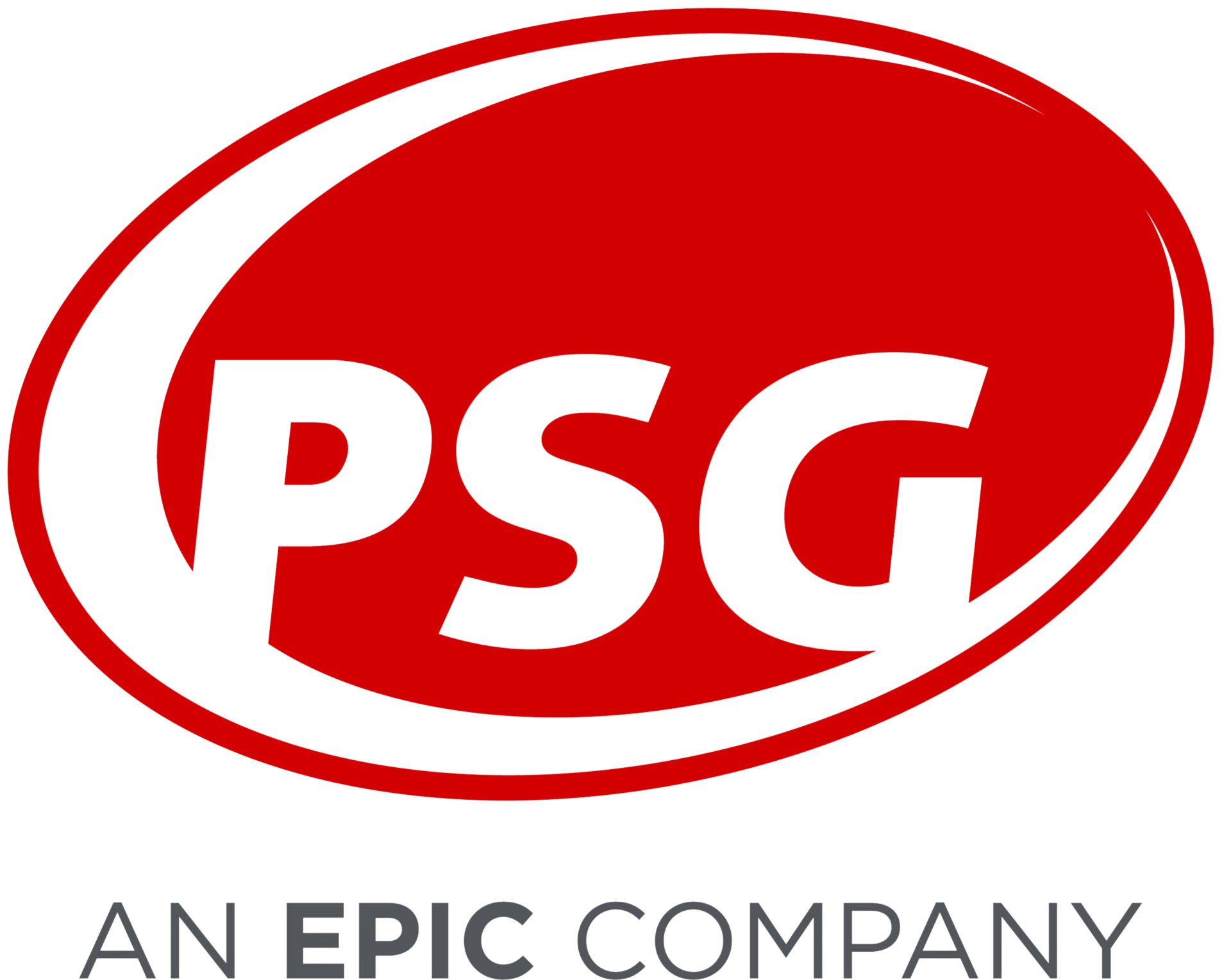The Impact of Insulin Price Decreases on Employers
Posted on June 1, 2023
When Eli Lilly announced a 70% price reduction and a $35 cap on insulin prices, it started a chain reaction that is far from ending. Novo Nordisk and Sanofi quickly followed, and the industry is now preparing for potentially disruptive changes. While press releases claimed altruistic motives by these manufacturers, the real motivators are more complex. Public and government scrutiny of drug pricing is heating up after being on a low boil for years. States have joined the fight by passing legislation that threatens ERISA preemption, and now the pot threatens to boil over. Far too often, these initiatives have unintended consequences for employers already grappling to cope with rising pharmacy costs. While these latest announcements will bring welcome financial relief to diabetes patients, employers must prepare for the downstream impacts later this year.
The American Rescue Plan Act
A likely catalyst to the drastic reduction of insulin cost is the American Rescue Plan (ARP) Act of 2021. The legislation removes the cap on rebates that drug manufacturers must pay to ensure that Medicaid always receives the lowest price. Before this new legislation, rebates paid to Medicaid were capped at 100% of the Average Manufacturer Price (AMP), the average price paid by wholesalers for drugs distributed to retail pharmacies. The cap meant that manufacturers were not required to pay additional rebates for these drugs, even if the price and subsequent rebates increased over time. AMP is the average price paid to manufacturers by wholesalers who are purchasing the drugs to resell.
Removing the rebate cap under the ARP, starting in January 2024, means that manufacturers could potentially pay more in rebates to Medicaid than they are paid for the product. This risk is especially apparent with insulin, which has increased in cost by more than 600% over the last 20 years. The removal of the cap protecting manufacturers from paying out more in rebates than the cost of the drug could cost them hundreds of millions of dollars if no action is taken. Lowering the list price of the drug reduces or eliminates the inflation factor, which lowers or cuts the rebates paid to Medicaid.
Impact on Commercial Payers
Were the announcements by three major insulin manufacturers, Eli Lily, Novo Nordisk, and Sanofi, drastically lowering the sales price of some of their insulin products because of the AMP cap removal? We may never know for sure. But because insulin products carry a high rebate value for Medicaid and commercial payers, this price drop will certainly have an impact on the rebates paid by manufacturers to PBMs and rebate aggregators. They ultimately share those rebates with their customers (plan sponsors). Historically, rebates paid specifically for insulin products have been much higher, based on a rebate as a percent of drug cost basis, than other brand name products. Rebates paid on these insulin products will be drastically reduced or even eliminated due to the price drop.
Rebates in a typical plan sponsor PBM contract are expressed as a minimum rebate paid per claim or per brand claim. Insulin products make up a very significant piece of the total overall rebates provided by the PBM to a plan sponsor. Suppose there is a large decrease in overall rebates provided by the PBM because rebates have been reduced or eliminated for insulin products. In that case, it means that rebate guarantees included in an employer’s PBM contract are at significant risk. Most PBM contracts contain Reservation of Rights language that allows them to adjust rebate guarantees if there is a significant market event that impacts the economics of the overall arrangement offered by the PBM. A 70% estimated decrease in insulin prices accompanied by the loss of insulin rebates is a significant market event. Plan sponsors will need assurance that the price drop will be at least equal to the rebate loss that will certainly occur.
PSG’s Perspective
PSG is seeing PBMs approach this issue in several different ways. First, is for the PBM to simply reduce the rebate guarantees in its contracts. This approach, however, is a contracting and logistical nightmare for the PBM. It is also challenging for plan sponsors due to limited transparency, as PBMs rarely provide drug-level rebate information. Therefore, without conducting an on-site rebate audit, the plan sponsor would not know if the reduction in rebate guarantees is equal to the actual rebate loss. It is also important to note that insulin will not be the only category in which rebates could be reduced. This may reduce the likelihood of the agreement having to be amended each time there is a significant market event related to AMP cap.
A secondary approach would be to keep current rebate guarantees in place but allow the PBM to include the difference in the insulin price in the calculation of rebate guarantees. Below are two scenarios that could play out.
Scenario 1 – Rebate guarantee minus insulin price reduction exceeds actual rebates paid by the PBM. PBM would pay the client an additional amount in excess of the actual rebates received, equal to the difference between the rebate guarantee minus the price reduction and the actual rebates.
| Rebate Guarantee | Insulin Price Reduction | Adjusted Rebate Guarantee | Actual Rebates | Rebate Settlement |
| $1,000,000 | $100,000 | $900,000 | $800,000 | $100,000 |
Scenario 2 – Actual rebates equal or exceed the rebate guarantee minus insulin price reduction. PBM would pay the client the actual rebate dollars received.
| Rebate Guarantee | Insulin Price Reduction | Adjusted Rebate Guarantee | Actual Rebates | Rebate Settlement |
| $1,000,000 | $100,000 | $900,000 | $950,000 | $0 |
The second approach provides more transparency because the PBM’s claims files for calendar years 2023 and 2024 will provide the insulin price reduction, which would be applied to meet the rebate guarantee. Performing an on-site rebate audit is also critical because the employer will want to be sure to receive 100% of the total rebate value and not just the guaranteed rebate amount.
A third approach would be if the PBM adds higher-cost insulin products to its formulary. A higher rebate would be applied in exchange for the higher insulin price, keeping similar economics to what most plan sponsors have today. Employers are unlikely to prefer this approach because it would mean that all current members on one of the impacted insulins would need to change to the new product, causing member disruption. This approach would also not positively affect patient cost, as patients on high-deductible health plans and/or co-insurance plans would be negatively impacted by higher out-of-pocket insulin costs.
How PSG Can Help
PSG has the analytical and auditing capabilities to help employers be sure that whichever approach is taken by the PBM, it will be economically fair. If you’re interested in learning more, please contact us today.

